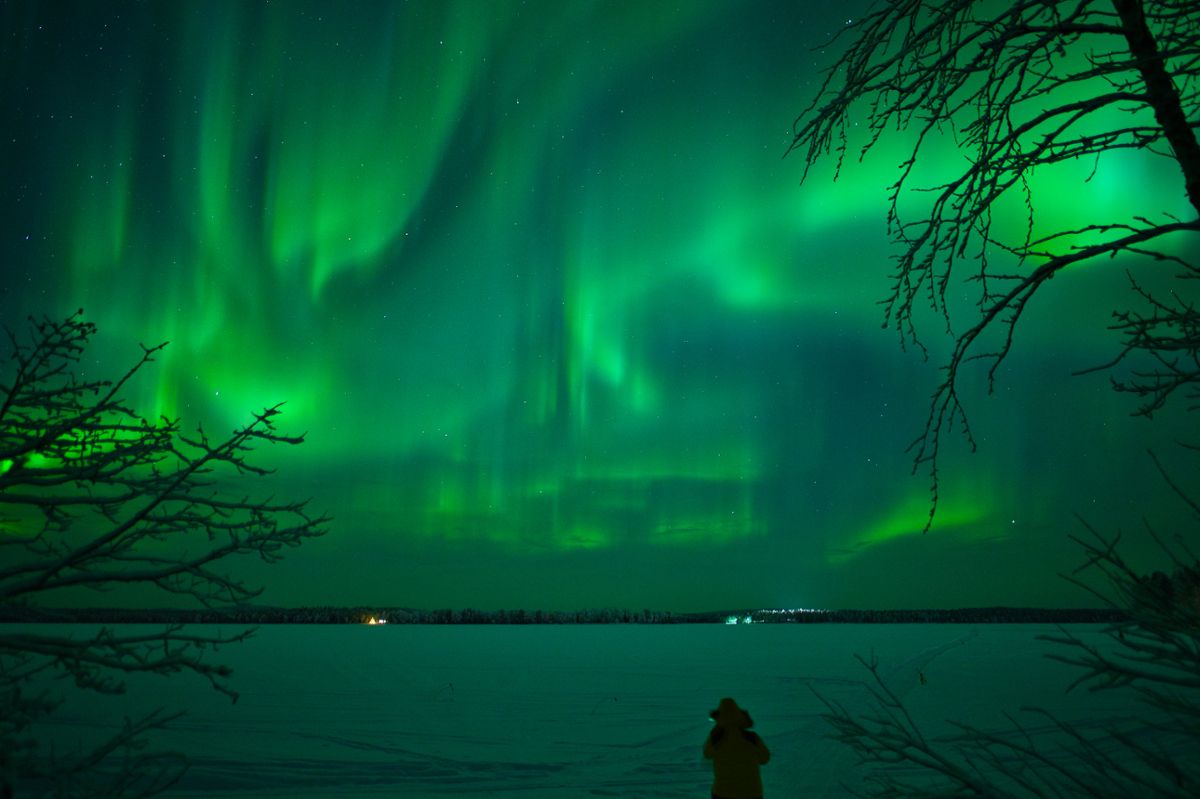D: I have a question I’ve been pondering, Yaël: how far south can you see the Northern Lights?
Y: Oh, I love the Aurora Borealis! All those waving ribbons of green and red and purple in the sky. If those curtains of light are what you’re after, then technically you can go all the way to the South Pole. That’s the Aurora Australis, and you can sometimes see it in New Zealand or Chile.
D: I shouldn’t be surprised that there’s a southern aurora. After all, the Earth’s magnetic field is particularly strong at the poles. When the field around the poles encounters charged particles from the sun’s solar wind, the molecules in the magnetic field react. The reactions of different elements—like oxygen or nitrogen—create different colors. And though the Aurora Borealis is so popular that we focus on these reactions at the north pole, molecules react at the south pole just as much. So I guess my question becomes: How close to the equator can you see the aurora?
Y: That depends on the auroral oval, which is the lopsided circle around the magnetic poles where the aurora gleams. You’re right, Don, when you say that the solar wind causes the polar lights. But sometimes large solar storms send huge amounts of particles hurtling toward Earth. The storms cause the auroral oval to expand considerably. In fact, in 1859, there was such a large solar storm that researchers think the aurora was seen in Colombia! Occasionally, smaller storms come around, and the northern continental US can see the Aurora Borealis.
D: We’ll have to keep watch—maybe we’ll be lucky, and one day the Northern Lights will make their way down to us!










